Share the post "All Desert Deconstructed: Unveiling the Great Texas Desert Myth Beyond Sands"
People often think of deserts as unending sand dunes, but the reality is more nuanced and exciting, especially in Texas’ enormous landscapes. For millennia, the Great American Desert has been portrayed as a lifeless wasteland. Instead, it shows a dynamic, biodiverse, and historically significant ecosystem.
The term “desert” deserves more examination to comprehend these places’ ecological richness. Once considered uninhabitable, it now supports a variety of life types. The semi-arid Chihuahuan Desert in western Texas is home to a startling array of plants and animals. We see how rainfall patterns and geological features create a unique desert ecology.
Let’s dispel the Great American Desert myth, especially in Texas. The historical, cultural, and ecological aspects of this narrative reveal the desert’s richness—a place where life thrives, a dynamic environment.
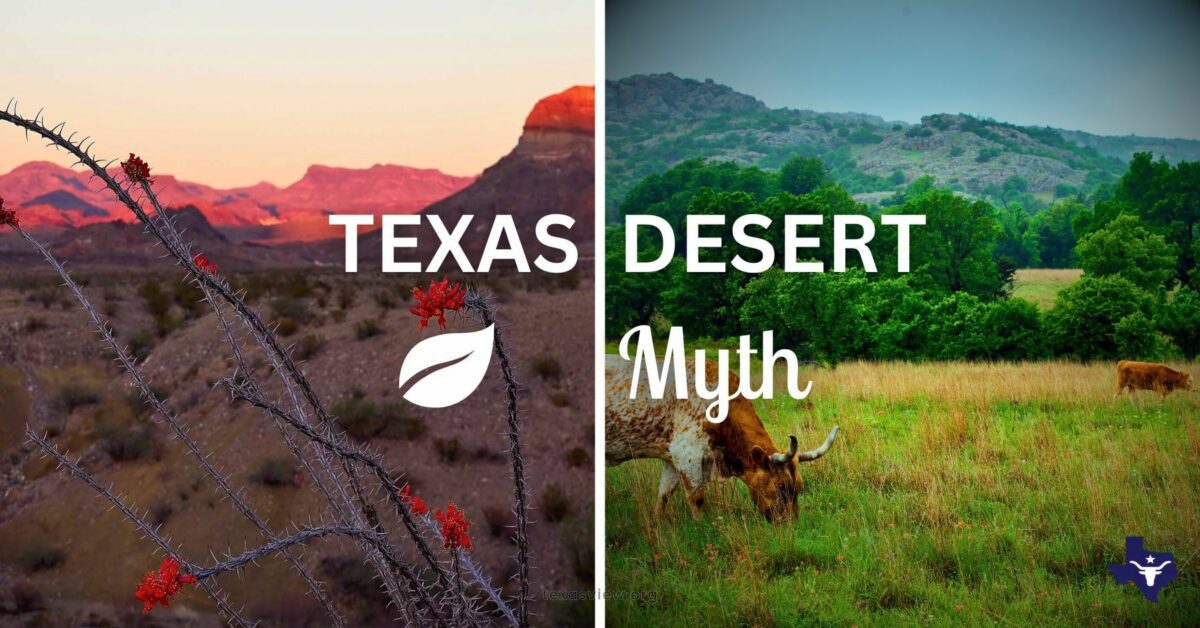
Unraveling The Myth
In exploring the truth about the Texas desert, we’ll discover how history and environment intertwine, debunking long-held beliefs about our vast and varied state.
Origins of the Texas Desert Myth
The Great Texas Desert Myth was perpetuated by early explorers who viewed the region’s challenging environment through a lens of unfamiliarity. Their encounters with arid landscapes and harsh conditions fueled tales of a barren wasteland. In fact, reports like those from the Pioneer Girl Project indicate that such misperceptions were common, and the idea of a “Great American Desert” was more a myth than reality.
Common Misconceptions
One common misconception is that the Texas plains are sand dunes as far as the eye can see. However, the truth is much more complex:
- The Texas landscape is diverse: ranging from semi-arid regions to areas with sufficient rainfall for agriculture.
- Wildlife and flora thrive: beyond the stereotypical cacti, we find a variety of plants and animals uniquely adapted to the environment.
- Agricultural success: as detailed in the history of Texas, many parts of what were once called deserts are now agricultural heartlands thanks to modern techniques and understanding of the ecosystem.
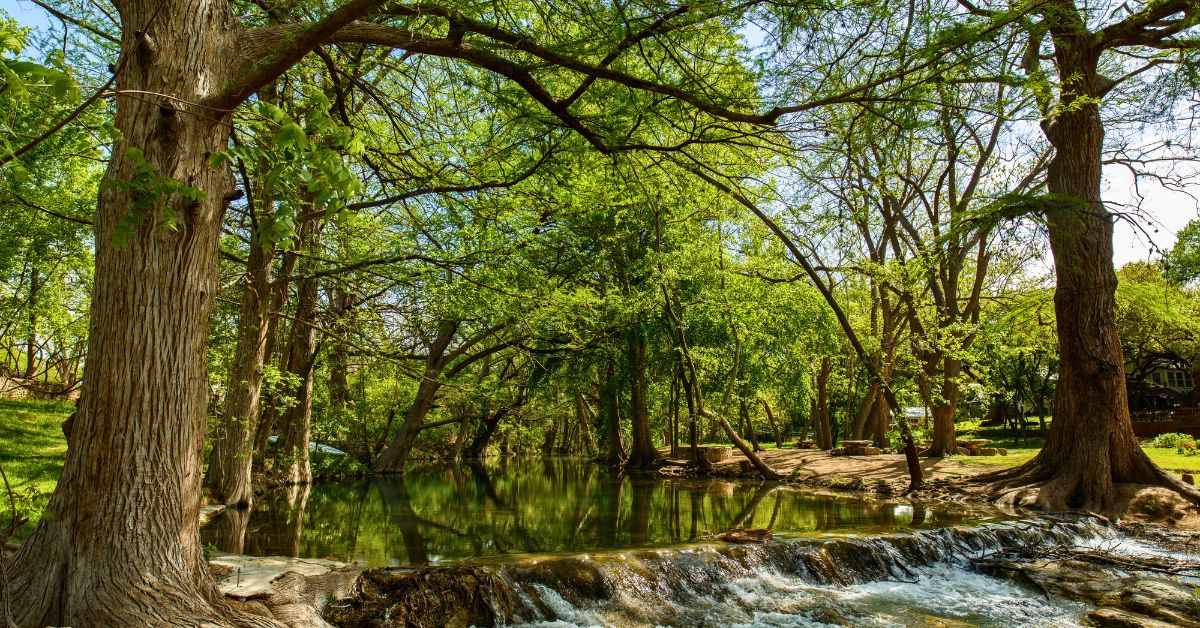
Texas Terrain Explained
We’re about to embark on an exciting journey through the diverse terrain of Texas, from vast desert regions to lush biomes that break the stereotype of Texas being a monotonous desert.
Geographic Diversity
The landscape of Texas is a vast tapestry, encompassing an array of geographic features. We find that the state’s terrain is far from a single blanket of sand; it is a complex mosaic of ecosystems. Texas is a perfect case study for observing geographic diversity within a single state.
Desert Regions In Texas
We cannot talk about Texas without recognizing its famous arid regions. Specifically, the Trans-Pecos region, a part of the Chihuahuan Desert, showcases the quintessential desert landscape. This area, as we explore, is characterized by sparse vegetation and expansive horizons, providing a classic desert experience.
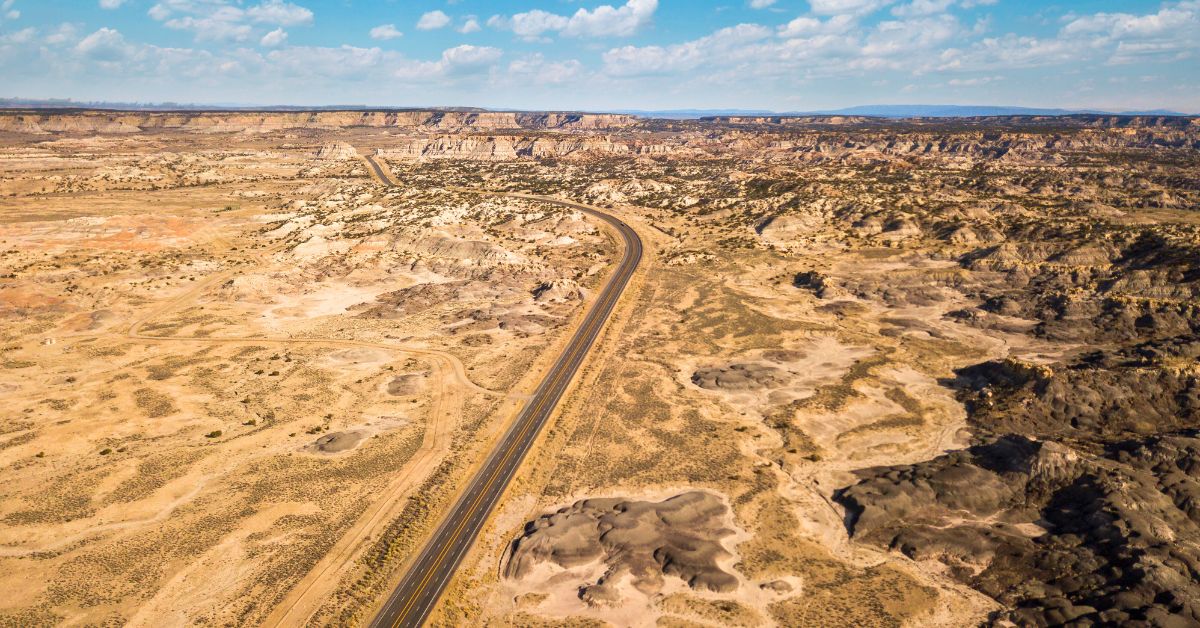
Non-Desert Biomes
Contrary to popular belief, deserts only make up a fraction of Texas’s total area. We have forests, prairies, and coastlines that offer a rich tapestry of environments. For instance, Piney Woods in East Texas, where lush forests reign supreme, and the coastal prairies, which boast a mix of grasslands and wetlands, offering habitats for a wealth of wildlife.
Ecological Wonders
The Texas desert is a tapestry of incredible biodiversity, hosting a spectrum of life that challenges the misconception of deserts as lifeless sands. We’re about to embark on a journey through some of the most remarkable ecological treasures Texas has to offer.
Flora of Texas
In our vast and varied homeland, we encounter a surprising array of plant life that has adapted uniquely to the desert environment. Cacti reign supreme, with species like the majestic Texas Saguaro and the resilient Prickly Pear. Wildflowers bloom in a riot of colors with the famous Bluebonnets, Indian Paintbrushes, and Desert Marigolds painting the landscape. The Yucca, with its sword-like leaves and ghostly white blooms, stands guard over this arid paradise.
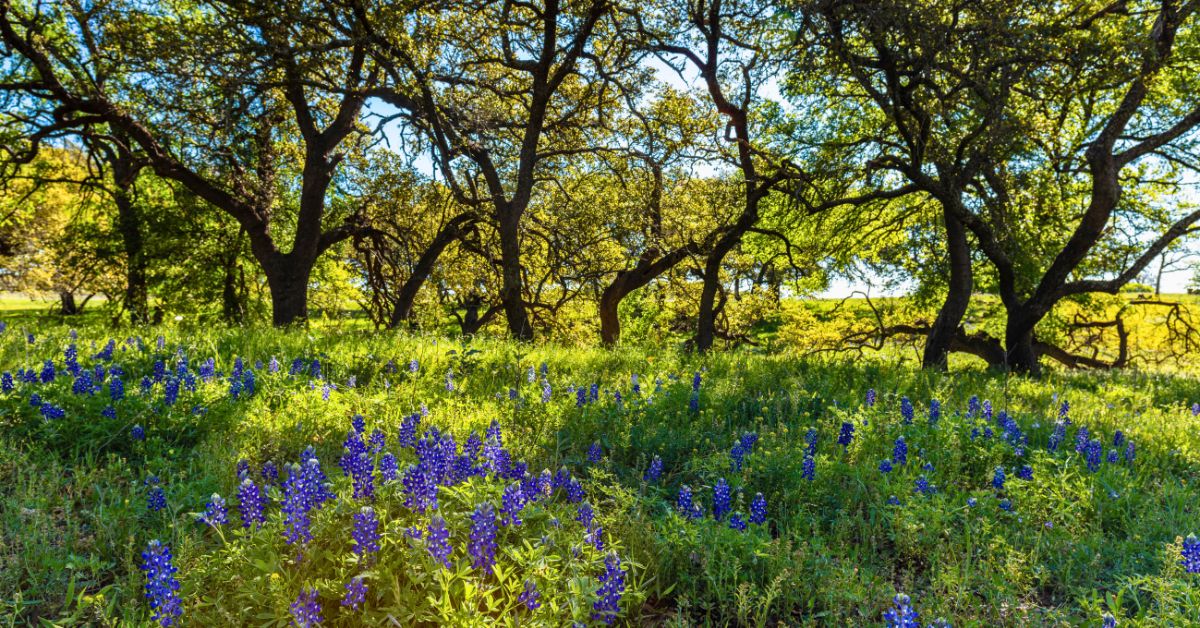
Fauna Specialities
Texas landscape is alive with wildlife that exemplifies adaptation and resilience. The Mountain Lion, stealthy and powerful, claims dominion over rocky outcrops, while Roadrunners dash across the desert floor, a blur of feathers and dust.
Let’s not overshadow the intricate lives of specialized creatures such as the Horned Lizard, masters of camouflage, or the Mexican Free-tailed Bats emerging en masse from the caves at dusk, a spectacle of winged wonder. The Rio Grande provides sanctuary to diverse species, with birds of prey patrolling its waters and fish shimmering beneath the surface.
Human Impact
We’ve seen our actions transform the landscapes around us, especially in areas like deserts, which are more fragile than they appear. Human impacts stretch from historical times to the present day, affecting both the land and the resources it offers.
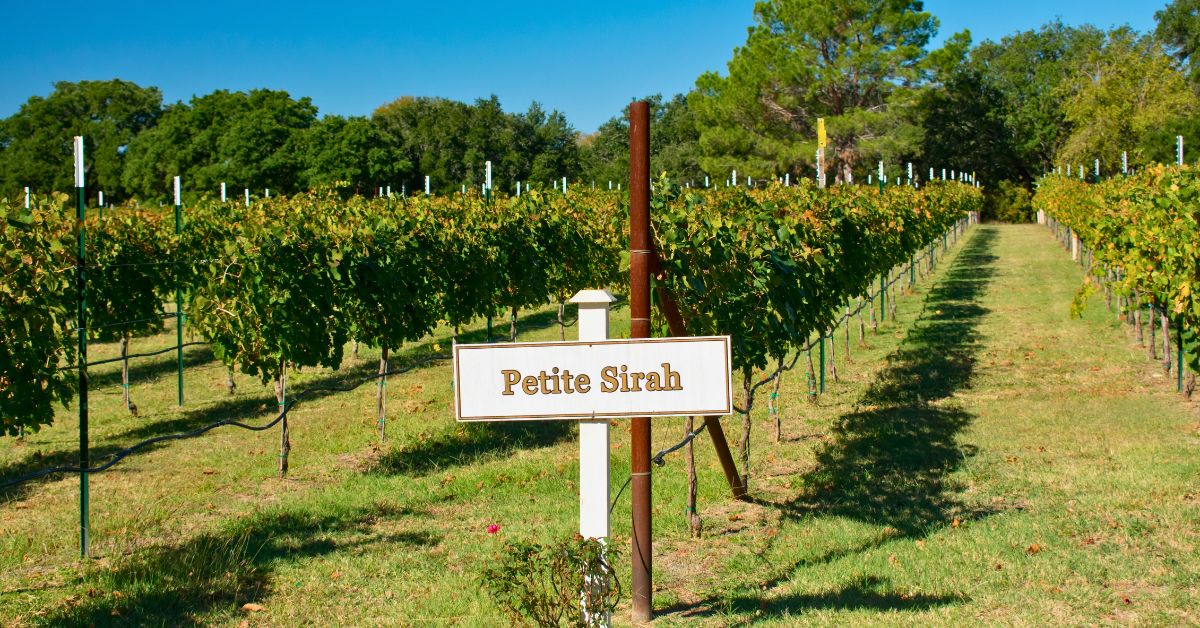
Historical Settlements
Our ancestors settled in deserts, drawn by the challenge and the promise of resources like minerals and fertile land. They irrigated and cultivated areas that were once purely sandy, making places like the Texas desert bloom with life. However, these settlements often disrupted local ecosystems, leading to changes in soil composition and local water tables.
Modern Development
Today, our modern developments are dramatically altering deserts. We’ve built urban areas where there was once barren land, causing significant shifts in desert habitats. Industries like mining and agriculture have had a notable impact, changing the landscape and putting pressure on water resources.
Conservation Efforts
On a brighter note, our recognition of past mistakes has fueled current conservation efforts. We’ve established protected areas to safeguard the unique desert species and their habitats. Through careful management and community involvement, we aim to restore and maintain the delicate balance of these arid regions.
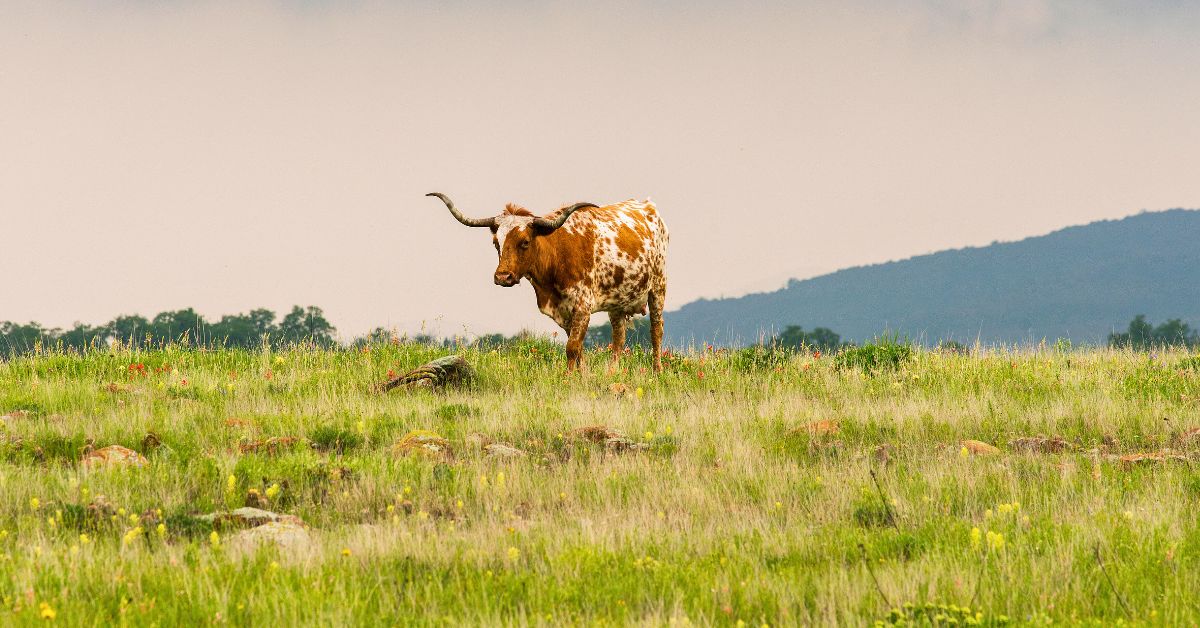
Cultural Significance
In uncovering the truths and tales of the Great Texas Desert, we celebrate the rich cultural tapestry woven through our land.
Myth Vs Fact in Culture
The vast landscape often portrayed as the “Great American Desert” is entwined with misconceptions. We find that Texas—far from being a monolithic wasteland—has been misrepresented by outdated terms like “Great American Desert”. The region, particularly the Chihuahuan Desert, blends serene beauty with biodiversity, far from the barren scenes depicted in popular myths.
Our culture has interlaced the idea of the desert with themes of emptiness and survival, yet we continue to demystify these narratives through education and immersion in the desert’s true nature.
Texas in Literature and Film
Texas holds a formidable presence in literature and film, often evoking images of cowboys and vast, arid plains. The mislabeling of Texas’s geography in stories has cemented a desert mythos that ignores the state’s diverse ecosystems. Yet this theatrical desert—seen in classics like Lawrence of Arabia to modern epics like Breaking Bad—has its roots in the creative soils of places like Fort Bravo, a Spanish movie set where many Westerns were shot.
Texas continues to inspire a wealth of works that explore and celebrate the harsh yet mesmerizing desert backdrop, allowing us to sift through the sands of reality and fiction.
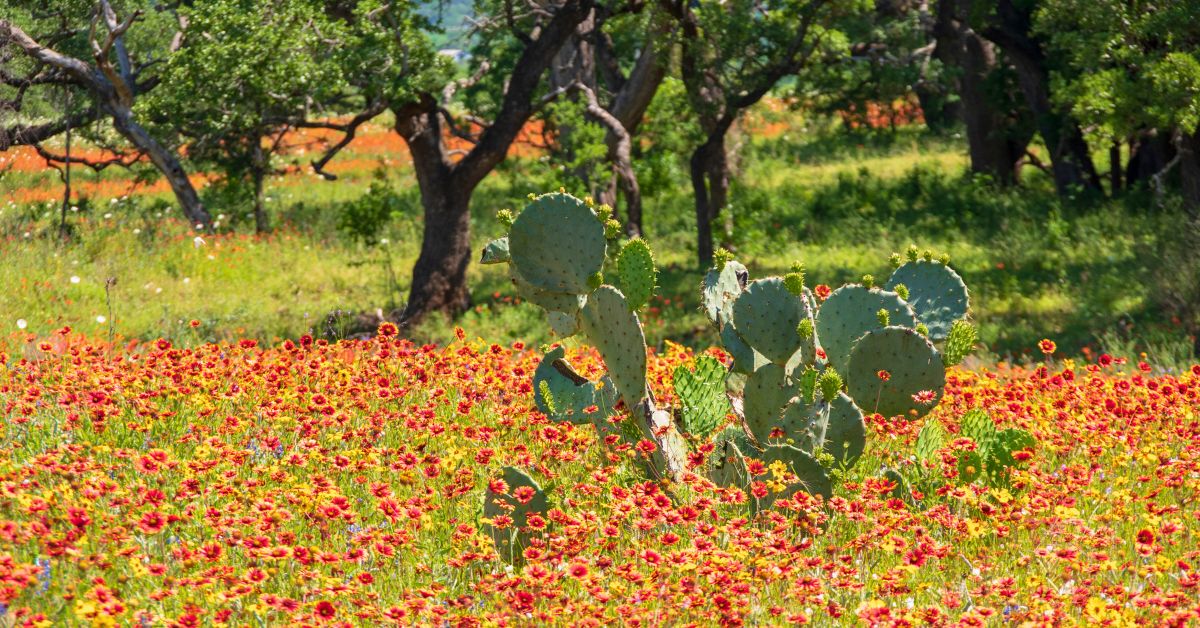
Adventures in Texas
Texas offers an array of adventures influenced by its size and the diversity of its landscapes. Whether you’re seeking the thrill of desert sports or want to explore iconic tourist spots.
Tourist Destinations
Monahans Sandhills State Park provides a unique landscape resembling a desert though not technically one. Here, you can visit near Monahans Town and experience an area spanning about 3,840 acres. Its unexpectedly serene terrain is popular among tourists seeking a different side of Texas scenery.
- Big Bend National Park: Adventurers can indulge in the most-epic Big Bend desert adventure with hikes that take you to another world, exploring the rugged beauty of this renowned park.
- Franklin Mountains State Park: Dominating the El Paso skyline, Franklin Mountains offer activities in the midst of the Chihuahuan Desert. They rise impressively, providing sweeping views and a home to diverse flora and fauna.
Desert Recreation Activities
Desert recreation is prominent in Texas, with something for everyone, from sandboarding in the dunes to stargazing in the clear desert night.
- Sand Sports: Engage in thrilling sand sports such as sand surfing or sandboarding, with the Texas desert towns and cities offering a gateway to these exhilarating experiences.
- Hiking & Climbing: The mountains and parks offer a variety of trails ranging from easy walks to challenging climbs. They provide an opportunity to immerse yourself in the natural beauty of Texas while staying active.
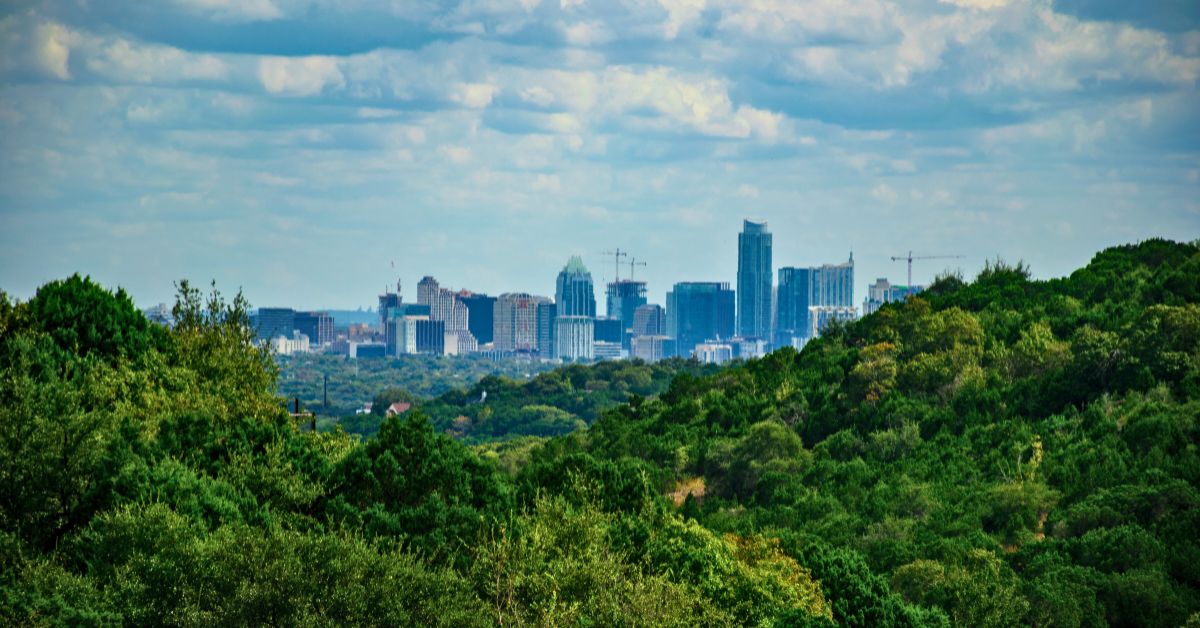
The Future of Texas Landscapes
As we look toward the horizon, it’s clear that Texas landscapes are on the cusp of transformative changes both environmentally and culturally. With anticipation, let’s explore what lies ahead.
Environmental Predictions
- Increased Urbanization: The Texas landscape is rapidly becoming more urbanized, particularly in thriving cities like Dallas. We can expect a push towards water-efficient urban landscapes that retain the unique beauty of Texas.
- Drier Conditions: Climate projections indicate that Texas may experience some of its driest conditions in the coming years, likely affecting water supplies and shaping the future of state-wide agricultural practices.
Cultural Transformations
- Collaborative Conservation: Out of necessity, we’re moving towards a model of creative and collaborative conservation. This shift is rooted in maintaining the vitality of our lands while accommodating growth.
- Resilient Plant Choices: In the urban green spaces of our future, we’ll be introducing more climate-resilient plants that stand up to Texas’ evolving climate, ensuring our landscapes remain not only sustainable but also aesthetically pleasing.
Share the post "All Desert Deconstructed: Unveiling the Great Texas Desert Myth Beyond Sands"
Christian Linden is a seasoned writer and contributor at Texas View, specializing in topics that resonate with the Texan community. With over a decade of experience in journalism, Christian brings a wealth of knowledge in local politics, culture, and lifestyle. He holds a Bachelor's degree in Communications from the University of Texas. When he's not writing, Christian enjoys spending weekends traveling across Texas with his family, exploring everything from bustling cities to serene landscapes.











